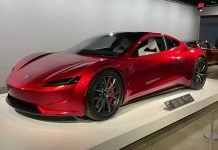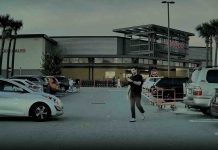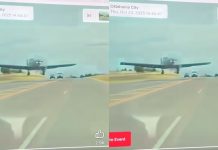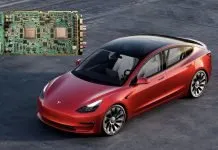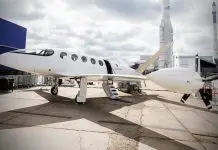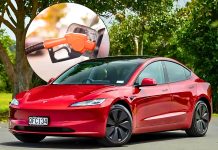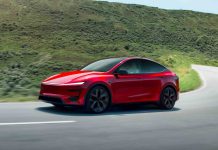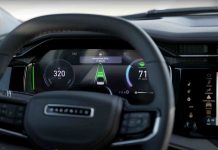Elon Musk has shed new information regarding the ambitious Robotaxi strategies and made it clear that Tesla will be able to expand much faster than its rivals, such as Waymo or Cruise. Musk says the trick is that Tesla can utilize the same vehicles that have already been sold to customers in the form of the Model Y in the Robotaxi network.
“‘Robotaxi’ is the same Model Y that everyone who buys the car receives,” Musk explained. “It just has a slightly different software build.”
This implies that Tesla does not have to develop and manufacture a different set of vehicles that are autonomous. Rather, all Teslas on the road can theoretically be controlled by the Robotaxi fleet with a software upgrade, in such a way that this is a revolutionary concept that could redefine the economics and scalability of autonomous transportation.
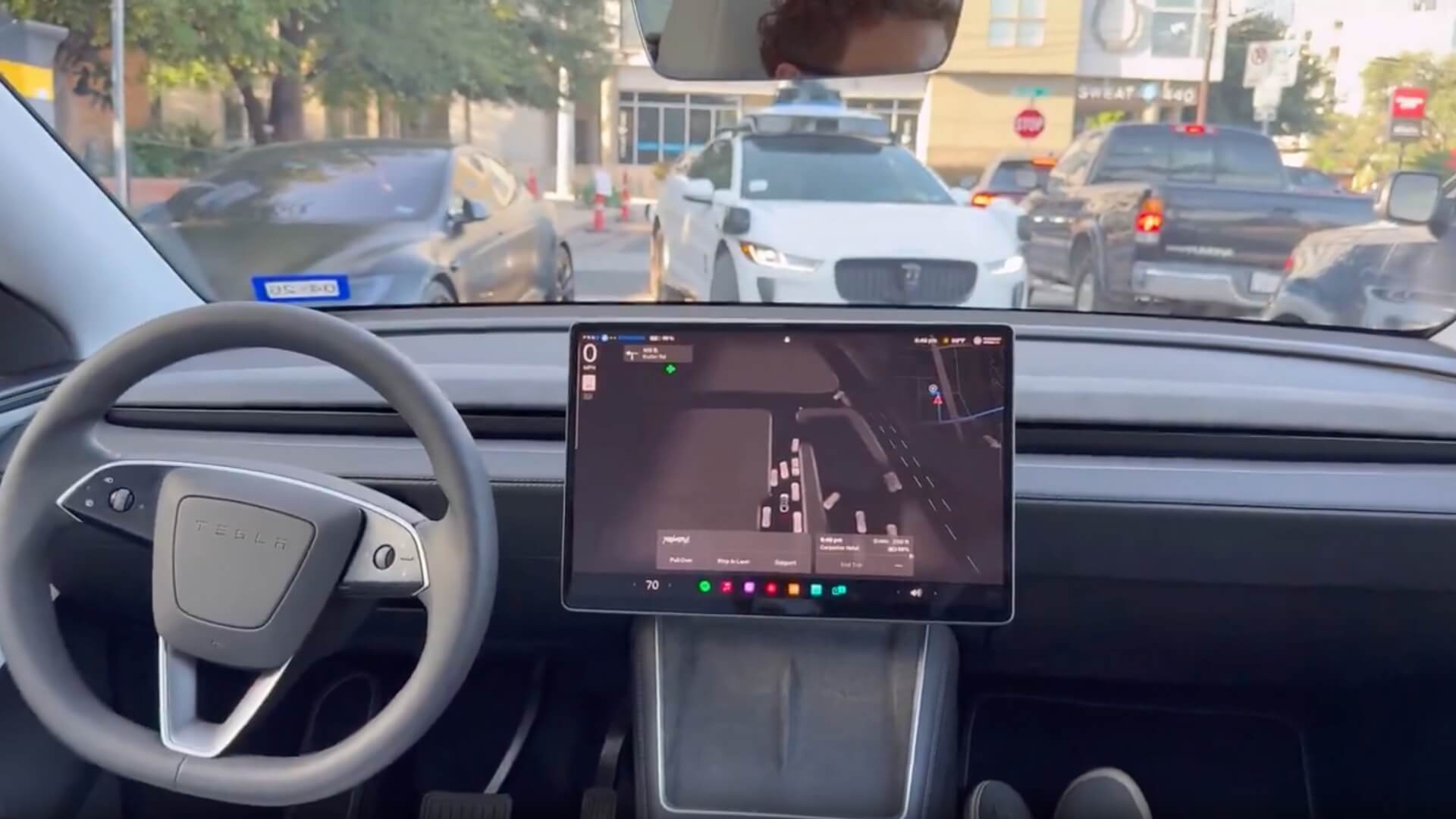
Software Over Hardware: Tesla’s Secret Weapon
Unlike other autonomous driving companies that rely on specialized hardware, expensive sensors, and purpose-built vehicles, Tesla’s approach is software-first. All the current Teslas come with the cameras, computing power, and connectivity needed to support Full Self-Driving (FSD) features.
By making autonomy into a software issue instead of a hardware one, Tesla will be able to convert millions of already owned cars into a possible Robotaxis overnight. Owners would be able to join the network with a mere over-the-air update once it has received regulatory approval.
It does not require special fleets or huge capital expenditure, which the competitors have to make. An example of such a case is Waymo, which runs custom-built autonomous vehicles, with LiDAR and a high-definition mapping system, and scalability is a slow and costly undertaking.
“Robotaxi” is the same Model Y that everyone who buys the car receives. It just has a slightly different software build.
— Elon Musk (@elonmusk) October 29, 2025
Empowering Tesla Owners: A Shared Robotaxi Network
Musk further restated his old-time dream of creating a common Robotaxi system in which Tesla owners will be able to add their vehicles to the network. The owners do not need to drive their cars; they can opt to have them work as Robotaxis when they are not using their cars and get passive income as Tesla handles the logistics using its platform.
The way this decentralized model resembles the work of ride-hailing services, such as Uber, but without the human driver. It is also the very first stage of a new ownership model where a car can serve both as a means of personal transport and as a source of revenue.
Musk has already said that this system could reduce the ownership cost of Tesla vehicles by a significant margin, which could make them self-paying in the long run.
Why Tesla’s Model Could Scale Faster
The three key factors that make Tesla have an edge in scaling its Robotaxi service are:
- Current Fleet: There are already millions of Tesla vehicles on the road, which are autonomous.
- Over-the-Air Updates: Tesla has the capacity to add new functions to any vehicle with matching capability in real-time.
- Integrated Platform: A single hardware and software ecosystem guarantees seamless integration.
Competitors like Waymo and Cruise rely on small, highly controlled pilot programs limited to certain cities. Their cars need sophisticated mapping and customized engineering, which slows down the growth. Tesla, on the other hand, has a method that allows rolling out the network almost immediately when the software becomes fully autonomous and is approved.


